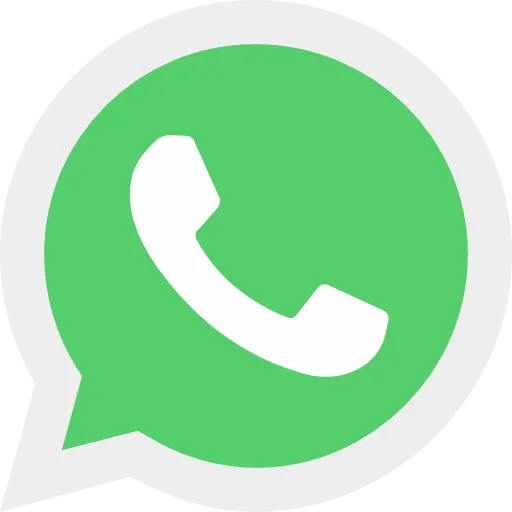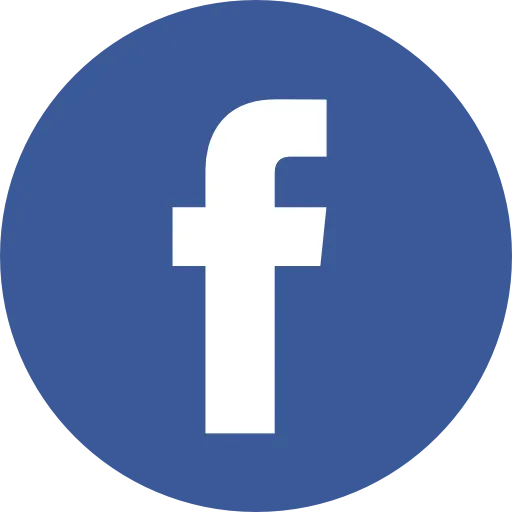What is Cholecystitis?
Cholecystitis is the medical condition of inflammation of the gallbladder. Gallbladder is a pear-shaped organ beneath the liver that secretes a digestive fluid into the small intestine. More than 90% of the cases of cholecystitis happen because gallstones start interrupting the secretions of digestive fluid called the bile.There are mainly two types of cholecystitis:
- Acute cholecystitis: In this type of cholecystitis, the gallbladder inflames suddenly with symptoms like abdominal pain, nausea, and vomiting.
- Chronic cholecystitis: In this type of cholecystitis, the inflammation happens slowly but lasts for a longer period. The symptoms of chronic cholecystitis involve only mild abdominal pain.
Cholecystitis Symptoms
The appearance of cholecystitis symptoms varies from person to person. For some people, the symptoms appear suddenly, while for the others, it may take years or even decades to mark clear symptoms. Some of the other common cholecystitis symptoms are:
- Abdominal pain (both sharp and mild)
- Itching
- Nausea and vomiting
- The pain eventually spreads to back and below the right shoulder
- Fever and chills
- Color changes of stools
Who is at Risk?
Cholecystitis is a condition whose happening depends highly on external factors. Some of the cholecystitis risk factors include:
- Gender: Gallstones appear more in females than in males. Hence, females have higher chances of having cholecystitis.
- Hormones level: Hormonal changes sometimes cause cholecystitis. Pregnant women or persons who are having hormone therapy have high chances of developing cholecystitis.
- Age: Although the condition can develop even to younger people, but the chances of developing cholecystitis increases after the age of 40 years.
- Weight gain: People with obesity are prone to catch cholecystitis.
- Weight loss: Losing weight in a short period of time can cause cholecystitis.
Cholecystitis Causes
One of the main causes of cholecystitis is gallstones or biliary sludge. When gallstones block the ducts through which gallbladder secretes digestive fluid, the fluid builds up and starts creating pressure and inflammation in the gallbladder. Eventually, gallbladder stops functioning properly. Other cholecystitis causes include:
- Infection in the digestive fluid called CBD
- An excessive amount of cholesterol in the gallbladder
- Tumor in the gallbladder, liver, or pancreas
- Injury to the abdomen
- Vasculitis
- Immune deficiency
How is Cholecystitis diagnosed?
The basic process of cholecystitis diagnosis includes checking your past medical reports and then conducting a physical exam. However, if the common symptoms of cholecystitis match with that of other conditions, doctors also conduct other tests for proper diagnosis.Here’s a list of tests that are conducted to check the presence of cholecystitis:
- CT Scan: A very detailed image of the abdomen can trace the real reason behind symptoms. Because of its precision in detecting the problem, usually, CT scan is the only cholecystitis test that doctors do.
- Ultrasound: This is done to visualize the position and size of gallstones.
- Blood test: This test is done to detect if there is an infection in your blood that is causing inflammation in the gallbladder.
- Cholescintigraphy: Also known as a HIDA scan, this test involves the injection of radioactive material so that it can trace any obstructions in the gallbladder and its ducts.
How is Cholecystitis treated?
There is no single Cholecystitis treatment. It depends on the root cause of the problem. The common options of cholecystitis cure include:
- Medication: To fight infections, and dissolve the gall stones, doctors prescribe a range of medicines to the patient.
- Surgery: In the case of chronic cholecystitis, doctors prefer surgery over medication. Laprosical surgery includes making small incisions in the abdomen and inserting small surgical tools to remove gallstones.
If you or someone you know is suffering from Cholecystitis, you should consider consulting a gastroenterologist. Here at Care.Fit, we have a dedicated team of healthcare professionals who choose the best treatment for cholecystitis. You can also book online consultation with top doctors through our website or app.
How can Cholecystitis be prevented?
There are some preventive methods that can reduce the chances of the making of gallstones. Not having gallstones will eventually lead to cholecystitis prevention.Here is a list of some measures you can take:
- Avoid having a diet that contains saturated fat.
- Do not skip meals. Eat your three meals of the day - breakfast, lunch, and dinner at regular times.
- Exercise on a regular basis.
- If you are losing weight, lose it not more than 0.5 to 1 kilograms per week
Top Search Terms For Yoga
Naukasana | Baddha Padmasana | Gomukhasana | Ustrasana | Shalabhasana | Tulasana | Balasana | Halasana | Makarasana | Ashwini Mudra | Vayu Mudra | Types Of Pranayama | Balayam Yoga | Supta Vajrasana Benefits | Prithvi Mudra Benefits | Chakrasana | Padahastasana | Vakrasana | Yoni Mudra | Parvatasana | Khechari Mudra | Bhujangasana Benefits | Mandukasana | Padmasana Benefits | Prana Mudra Benefits
Top Search Terms For Exercises
Height Increase Exercise | Aerobic Exercise At Home | Jump Squats | Lat Pull Down | Crunches | Vajrasana | Jumping Jacks | Lying Leg Curl | Dumbbell Incline Fly | Burpees Exercise | Leg Extension | Dumbbell Stiff Leg Deadlift | Jawline Exercises | Incline Dumbbell Bench Press | Mountain Climbers
Top Search Terms For Fitness
Trikonasana | Ashtanga Yoga Poses | Benefits Of Deadlift | Matsyasana | Tadasana Benefits | Sumo Squats | Uttanpadasana Procedure | Karnapidasana Benefits | Baddha Konasana Benefits | Shambhavi Mahamudra Steps | 12 Poses Of Surya Namaskar













